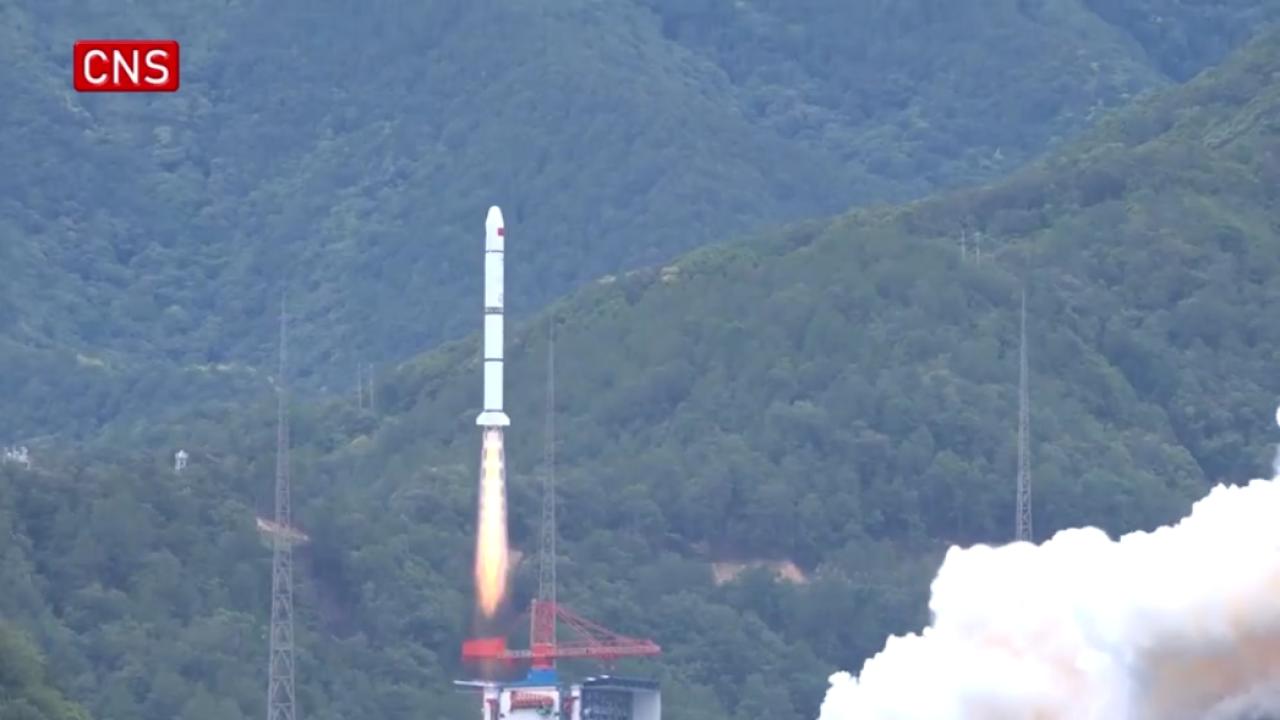China on Saturday launched an astronomical satellite, the result of nearly 20 years of hard work between Chinese and French scientists, to capture gamma-ray bursts which flicker like fireworks in the farthest reaches of the universe.
The satellite, the Space-based Multi-band Variable Object Monitor (SVOM), was launched by a Long March-2C rocket at 3:00 p.m. (Beijing Time) from the Xichang Satellite Launch Center in southwest China's Sichuan Province, according to the China National Space Administration (CNSA).
The satellite has been sent into an orbit over 600 kilometers above Earth and has a designed life of five years, though scientists expect it could be operational for as long as 20 years.
The main scientific objectives of SVOM include searching for and rapidly locating various gamma-ray bursts, comprehensively measuring and studying the electromagnetic radiation properties of these bursts, studying dark energy and the evolution of the universe through these bursts, and observing electromagnetic signals associated with gravitational waves.
(Reported by Xu Lihao, Chen Haojie; Edited by Zhou Jing)


















































 京公网安备 11010202009201号
京公网安备 11010202009201号